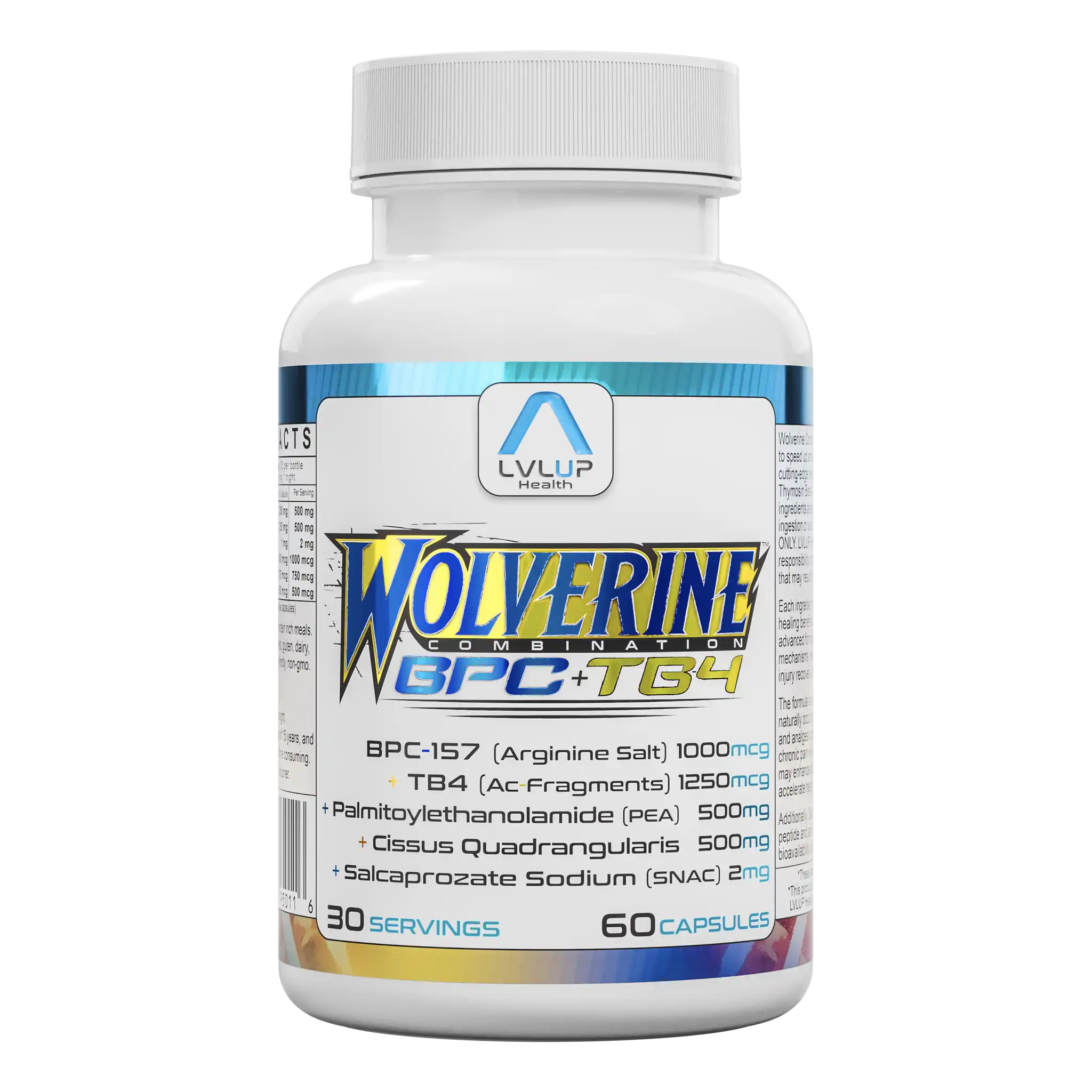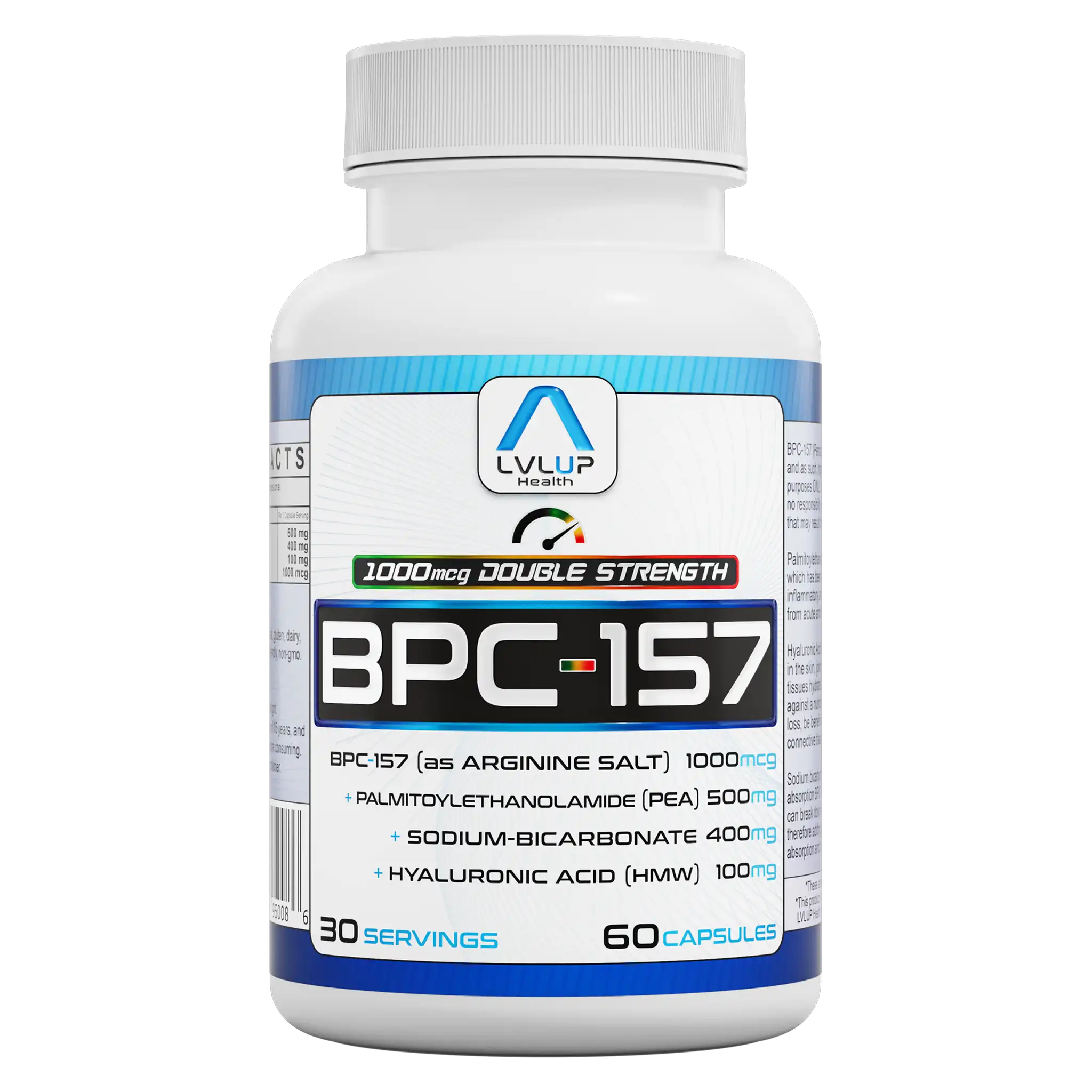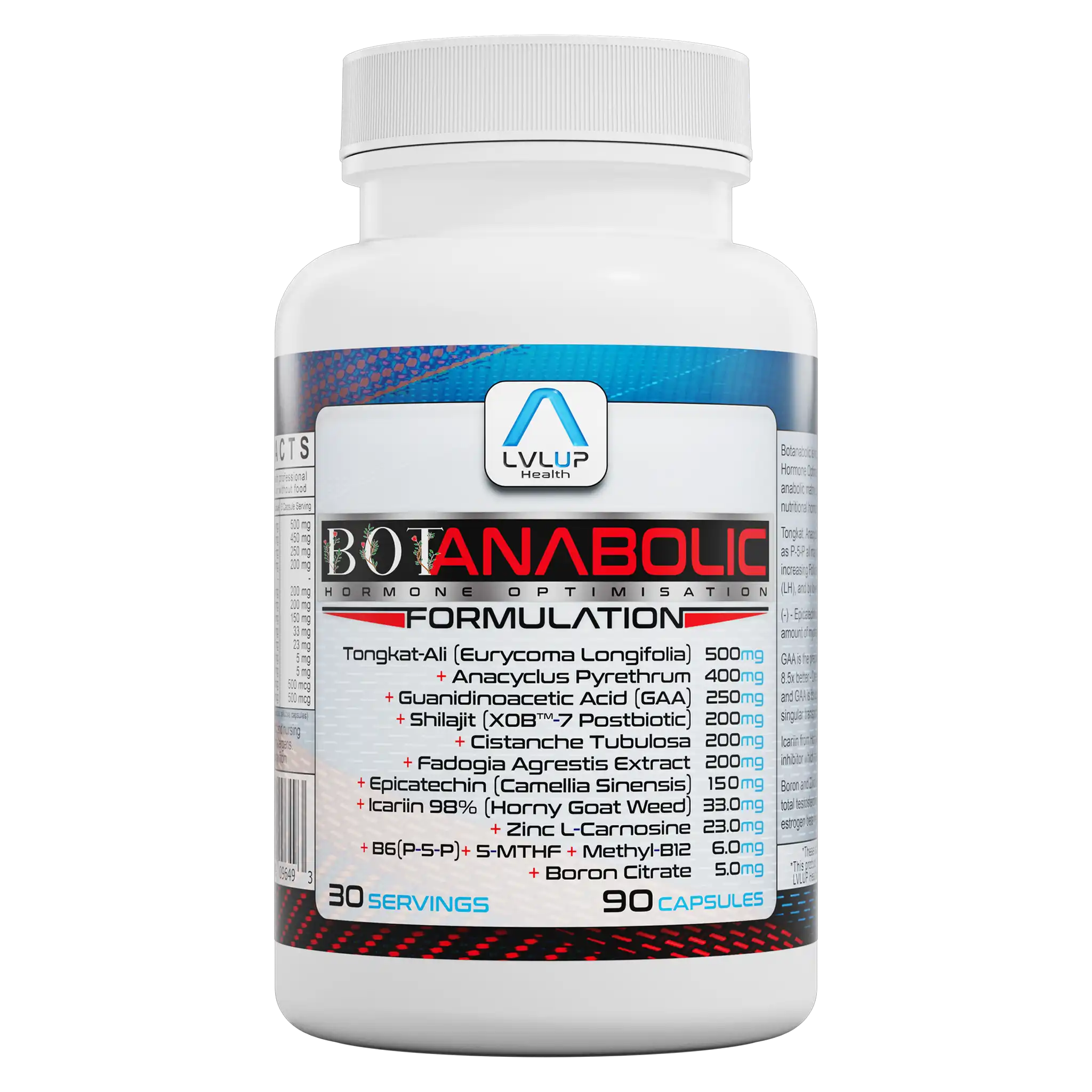Cissus Quadrangularis
About Cissus Quadrangularis
Traditional Use and Composition
n
Cissus quadrangularis has a long history in Ayurvedic and African traditional practices, where it’s often referred to as the “bone setter” for its association with bone and joint health.
n
The plant contains naturally occurring compounds such as flavonoids, triterpenoids, and phytosterols , bioactive molecules that help support the body’s natural repair processes across connective tissues including tendons, ligaments, cartilage, and bone.
n
n
n
n
Found In
Formulated With
Detailed Information
Bioactive Components and Mechanisms
n
Cissus Quadrangularis contains a variety of bioactive constituents including ketosteroids (notably β-sitosterol), quercetin derivatives, iridoids (such as picrosides), stilbenes (including resveratrol), triterpenoids (e.g., friedelin), and numerous phenolic acids. These compounds exert multifaceted biological effects through modulation of NF-κB signaling pathways, downregulation of pro-inflammatory cytokines (TNF-α, IL-1β), upregulation of osteoblast differentiation markers (e.g., ALP activity; Runx2 gene expression), and attenuation of osteoclastogenesis via RANKL pathway interference.
n
n
Preclinical and Clinical Insights
n
Preclinical studies have indicated that extracts of Cissus Quadrangularis may accelerate fracture healing by promoting collagen matrix synthesis and mineralization rates in osteogenic cells. Additionally, studies using animal models have reported reductions in oxidative stress markers (MDA) alongside increased superoxide dismutase (SOD) activity following administration. Other research has examined its effect on metabolic syndrome features – including lipid profile modulation via HMG-CoA reductase inhibition and potential insulin-mimetic action through AMP-activated protein kinase (AMPK) pathways.
n
n
n




